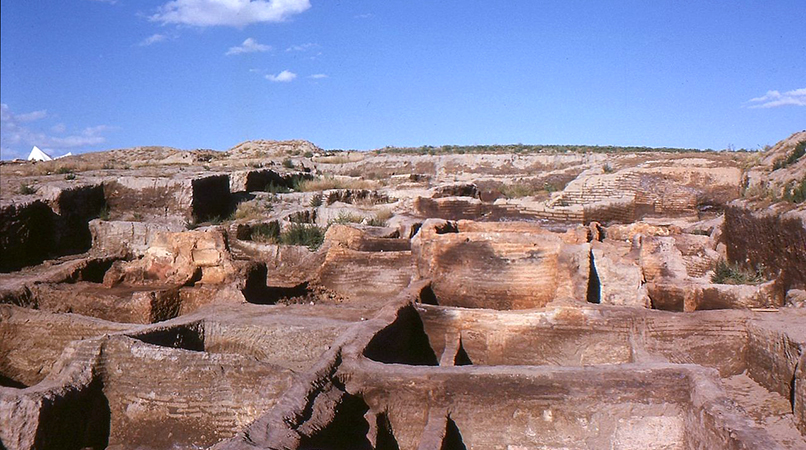Catalhoyuk - the city with no streets
Turkey's Anatolia region contains the world's largest and best preserved Neothilic - New Stone Age - site. The ancient settlement was discovered in 1958 by British archeologist James Mellaart. The mound burying the city was 21 metres high and 1/3rd of a mile wide. After 4 years of work by Mellaart. the site was untouched until 1993, when an international team began meticulously unearthing the ruins.
 |
| Catalhoyuk |
The first inhabitants settled the site around 7400BC. Its location in Turkey's central Anatolian wetlands provided them with fish, fowl and grazing lands. The residents were prosperous and skilled, decorating their homes with figurines, reliefs and wall art. It housed 8,000 people in a seemingly egalitarian society based in rectangular mud brick houses. There were no streets. Instead, people entered their houses through ceiling ladders. The rooftop openings allowed for hearth and oven ventilation and for fresh air.
| Skeletons found beneath a platform inside of a house |
Families lived in one or two main rooms, with other spaces for storage and food preparation. The dead were buried inside the family house. The settlement declined by around 5600BC.
Comments
Post a Comment